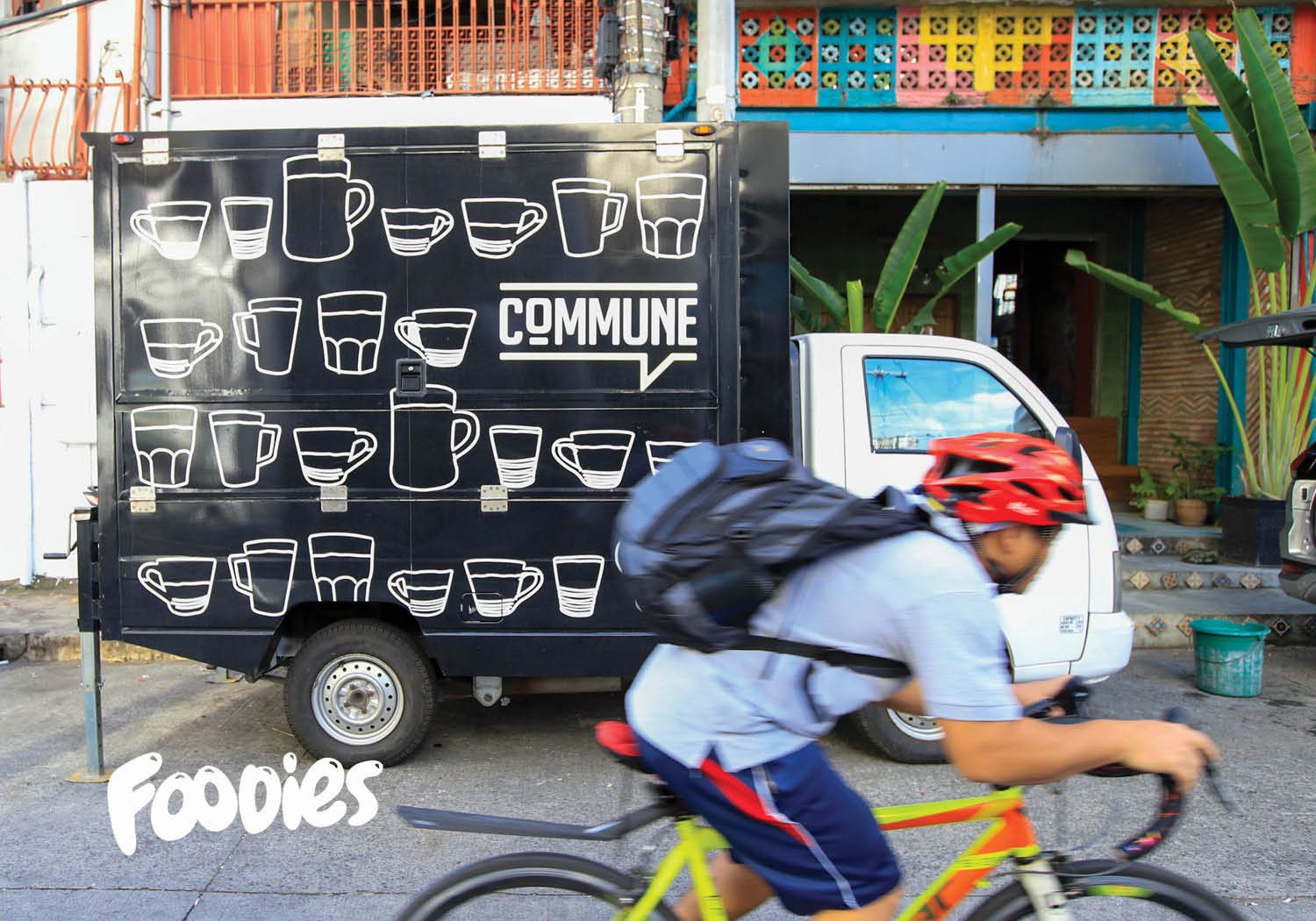FOODIES: How Commune's Ros Juan champions Philippine coffee wherever she goes
She continues to bring Liberica, also known as barako, on her travels, advocating for its unique qualities
By Rey Ilagan
At A Glance
- Photos by Noel Pabalate
- Illustraion by Angelo Manalo

Ros Juan's journey with coffee began long before she opened Commune—the cafe, bar, and roaster proudly serving Philippine coffee and Filipino comfort food in Poblacion, Makati City. From interning with her aunt during college to working in coffee communication in Shanghai, her passion for coffee was evident early on.
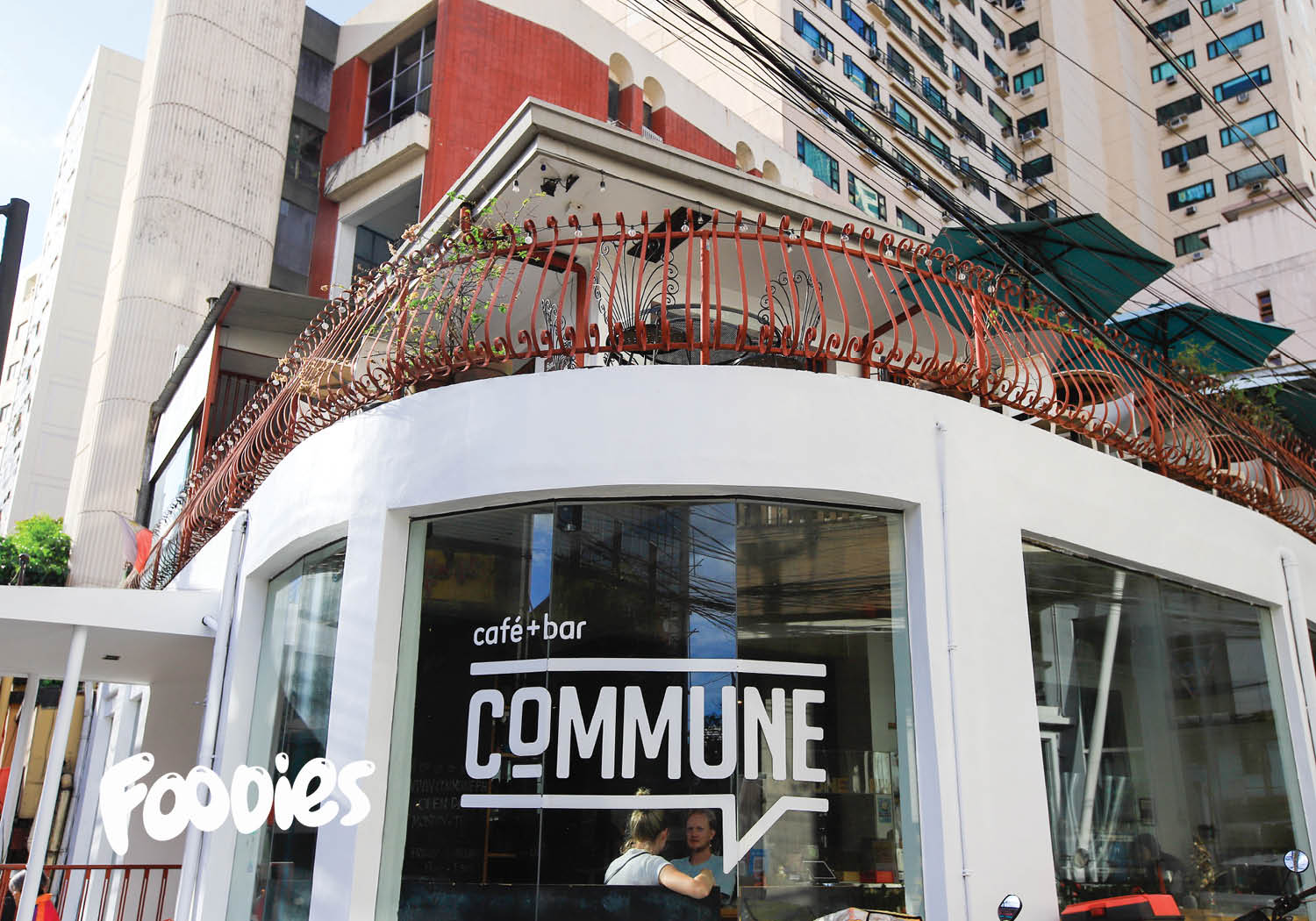
Despite a background in digital marketing and advertising, Ros decided to pursue her dream and open her own cafe. In 2013, she seized the opportunity to transform a space in Makati’s Salcedo Village into Commune, a cafe that would later become a trailblazer in Philippine coffee.
“When I returned from Shanghai, I was tired but determined,” Ros recalls. Her time in Shanghai exposed her to a coffee culture that was both vibrant and community-oriented, a contrast to the coffee scene back home. Inspired by this experience, she aimed to create a cafe that not only served excellent coffee but also functioned as a gathering place for diverse communities.
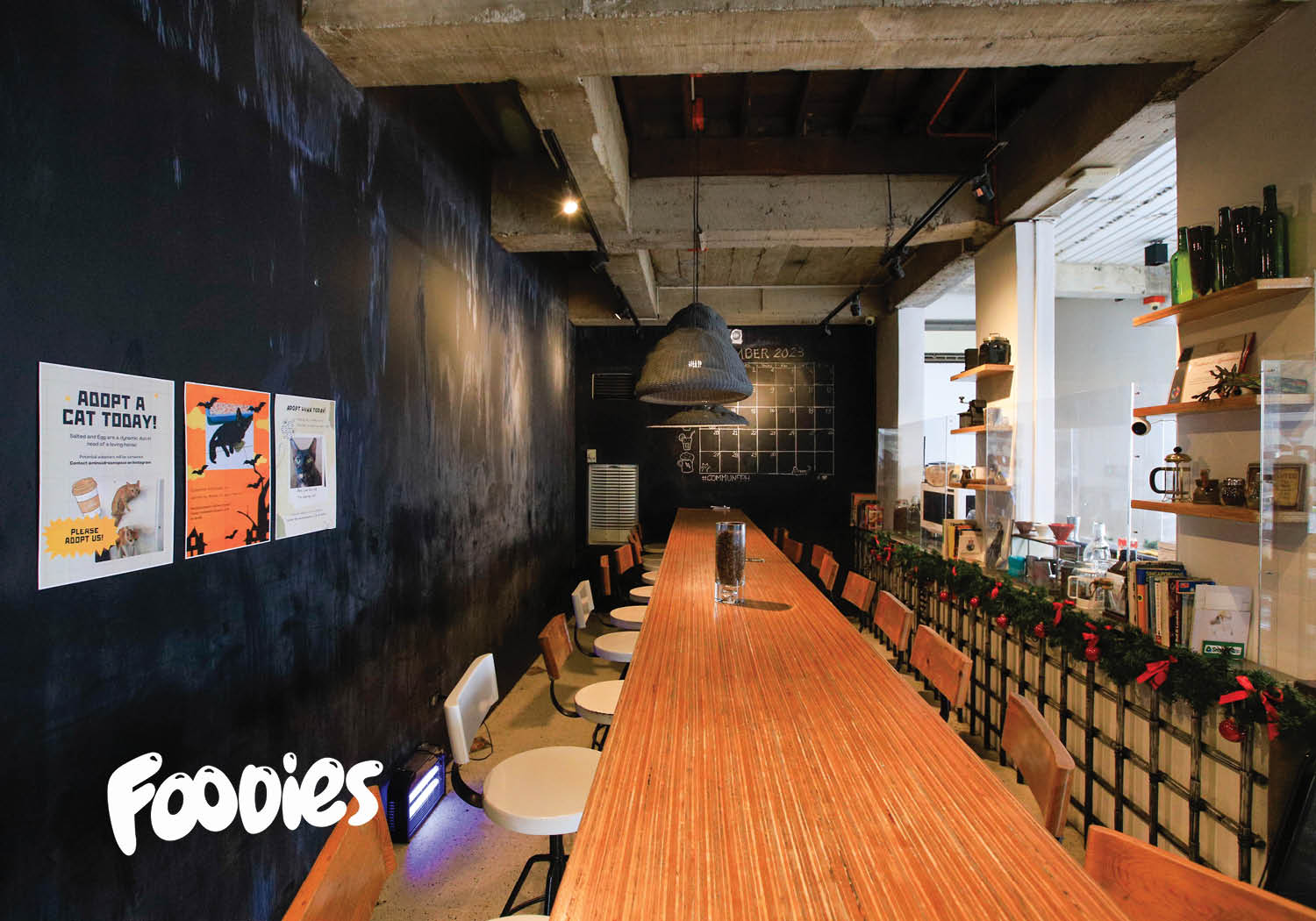
From the outset, Commune was different. The original space—on the corner of HV Dela Costa and Valero Streets—was the perfect spot for Ros to pursue her longtime dream. The space had previously been occupied by her brother, who encouraged Ros to take it before they lost it to another renter.
She committed to using 100 percent Filipino coffee, a bold move given that third wave coffee shops—focused on high-quality, artisanal coffee—were just beginning to emerge in the Philippines. “My exposure during that time was working with Filipino farmers. I knew that I wanted to be 100 percent Filipino coffee,” she tells.
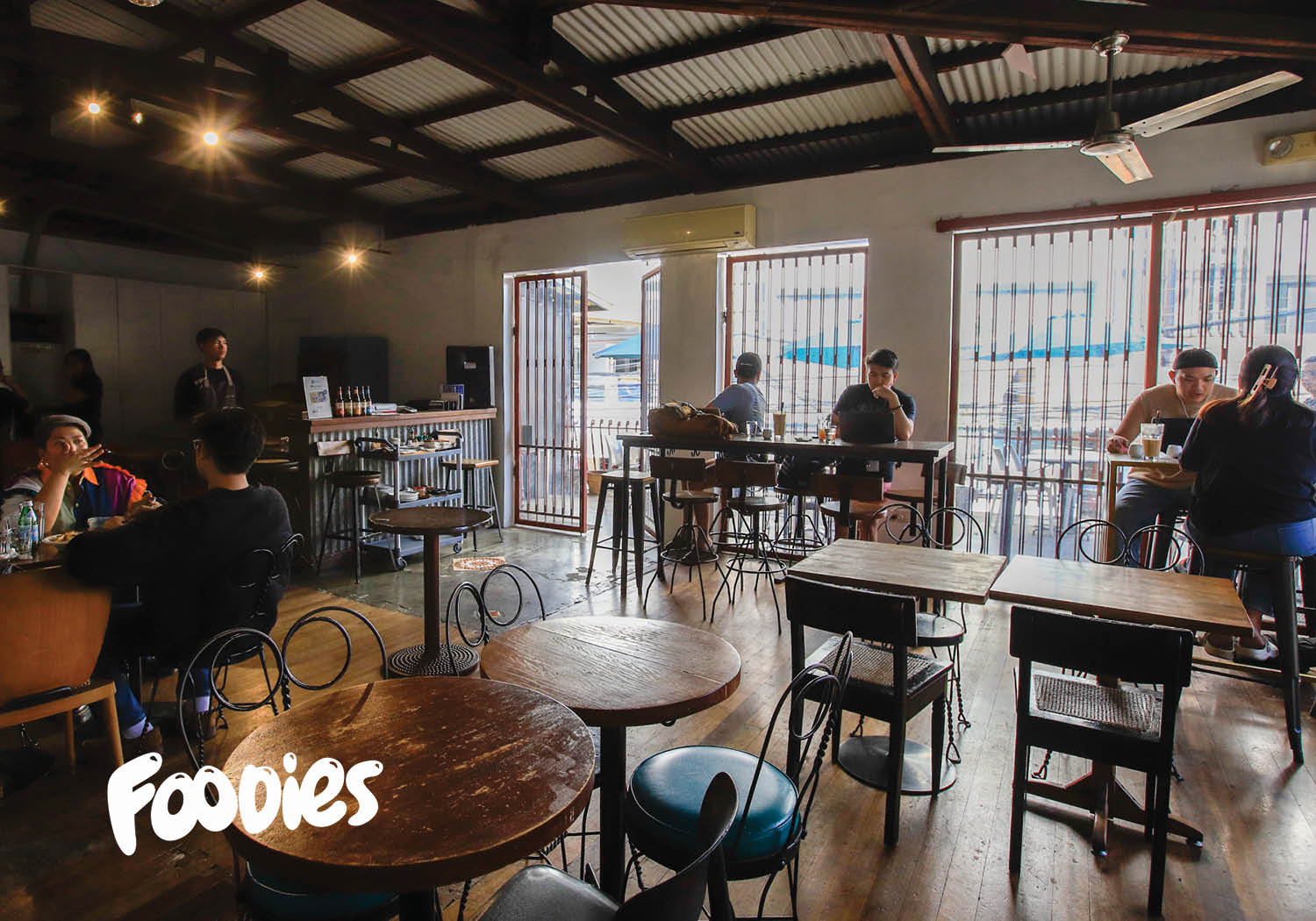
Ros was driven by a vision to distinguish Commune from the chain-dominated coffee landscape of the time. “I wanted Commune to have a solid concept and nice design, because back then, all the coffee shops pretty much looked alike,” she explains. Her design choices reflected her experience from abroad, incorporating elements that fostered a sense of community. The communal tables, a novel concept in Manila at the time, encouraged interaction and collaboration among patrons.

Commune quickly became a pioneer in the independent coffee shop scene, joining a handful of third wave establishments like Craft Coffee Revolution and Yardstick. “We were among the first to embrace and showcase Philippine coffee,” Ros proudly states. Despite skepticism from some industry players who doubted the potential of Philippine coffee as a specialty product, Ros remained steadfast. Her goal was to elevate the profile of Filipino coffee on the global stage.
In 2015, Commune relocated to its current home in Poblacion, Makati. By 2017, Ros reflected on the growing number of coffee shops serving Philippine coffee. She says, “Back then, we were still unique in our commitment to 100 percent Philippine coffee. The goal was to highlight local coffee, improve its image, and prove that we have good coffee—you just need to know where to find it. And then, to put it on the map.”
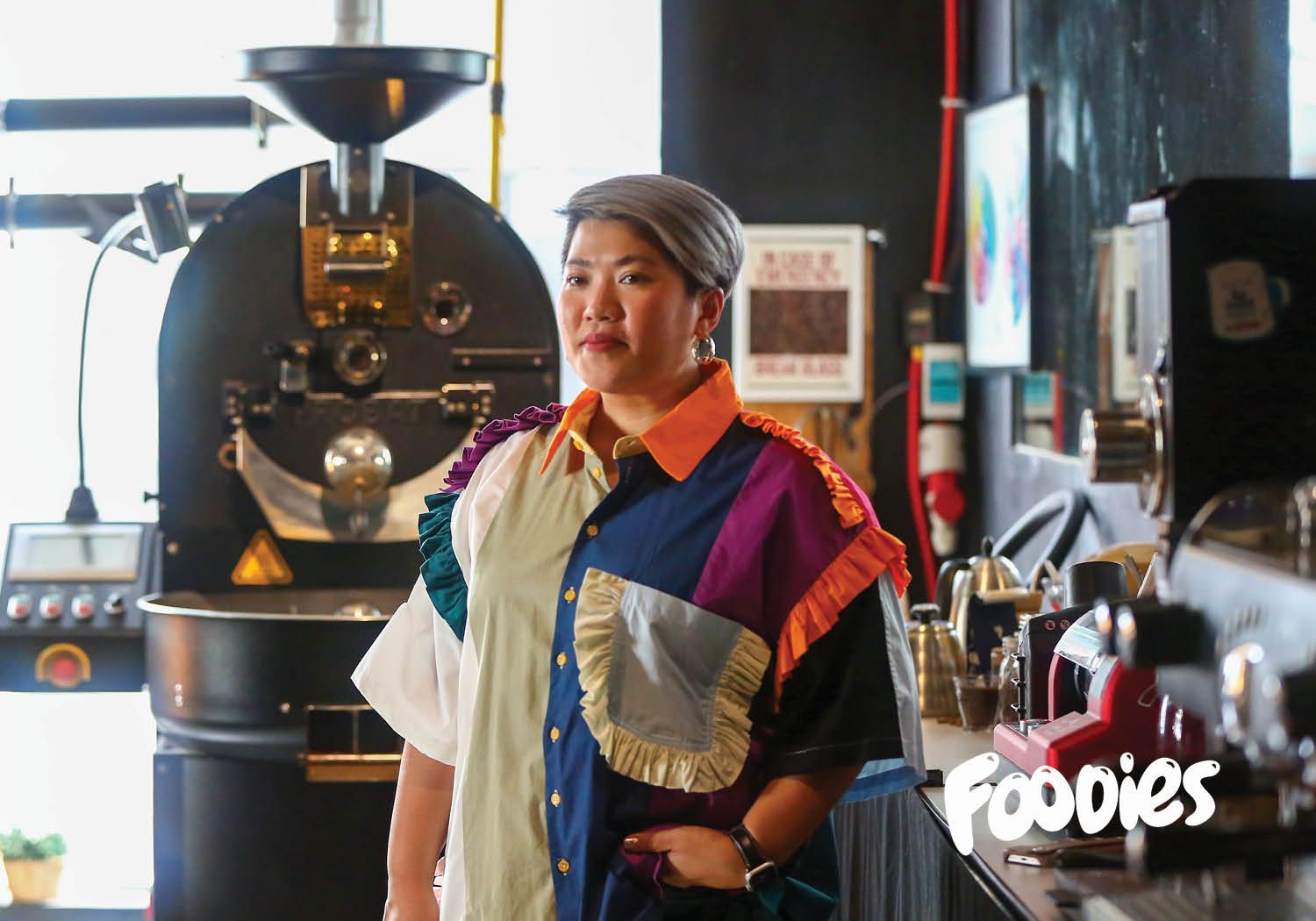
Ros’s dedication extends beyond her café. She actively volunteers with the Philippine Coffee Board and the International Coffee Women’s Alliance Philippines Chapter, where she provides training to Filipino farmers. The pandemic, which initially disrupted these efforts, saw a resurgence in interest as Philippine coffee gained popularity due to its local availability and distinct flavors.
Today, the flavor profiles of Philippine coffee have evolved. Once characterized by nutty and chocolatey notes, the coffee now features a broader range of flavors, including fruity and citrusy hints. Ros highlights the improving quality of Philippine robusta, traditionally seen as inferior but now recognized for its potential when properly processed.
“Our acidity is gentler—more like ripened calamansi, sweet dalandan, and tamarind notes. Depending on the origin and the way it’s processed, we now have more diverse flavor profiles than ever,” she says.
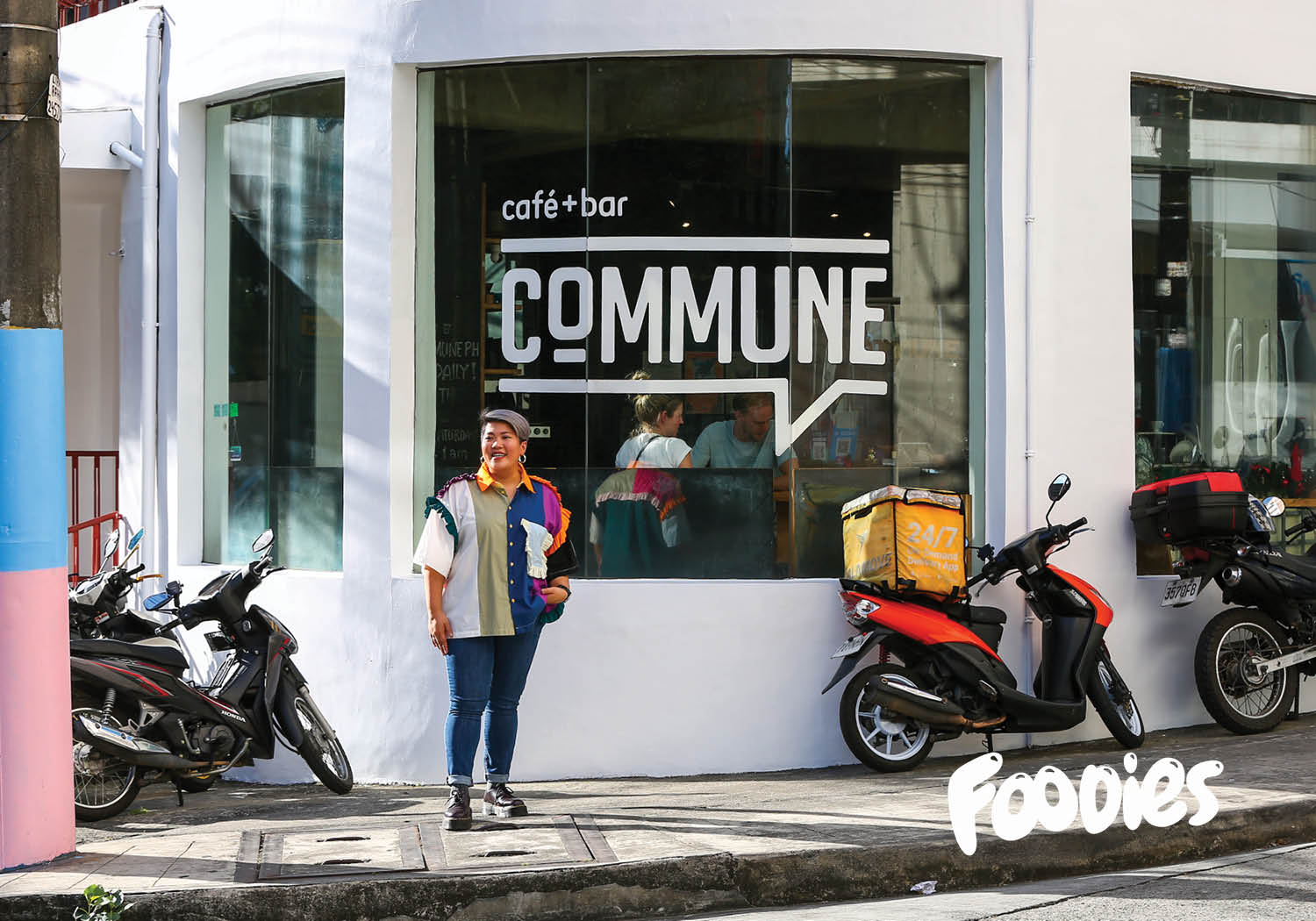
Ros’s commitment to Philippine coffee is unwavering. She continues to bring Liberica, also known as barako, on her travels, advocating for its unique qualities. “Among coffee-growing countries, only a few produce Liberica in significant quantities. Its rarity and unique profile make it a valuable asset,” she says.
Through Commune, Ros Juan has not only created a thriving café but also championed the cause of Philippine coffee. Her work has inspired others and demonstrated that local beans can compete on the global stage, paving the way for a richer appreciation of Philippine coffee both at home and abroad.
